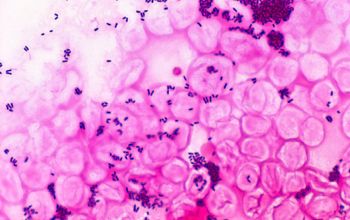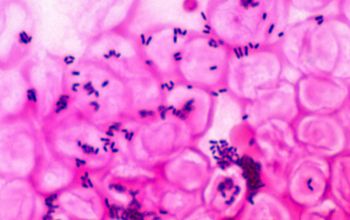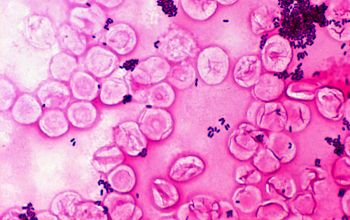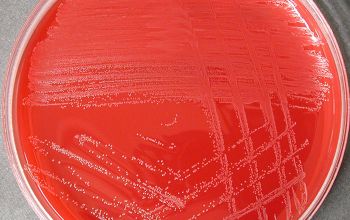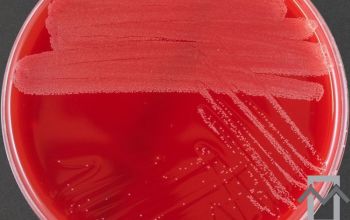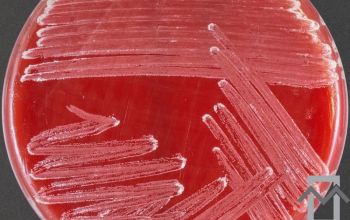Corynebacterium jekeium
-
General information
The pathogenic potential of coryneform bacteria has been underestimated
Taxonomy
Family: Corynebacteriaceae
Natural habitats
They are part of the normal biota of the skin, particularly of inpatients.
Clinical significance
C. jeikeium is a frequently encountered Corynebacterium in clinical specimens, being associated with endocarditis, sepsis, prosthetic device, heart valve, bone marrow, bile, wounds UTIs and other infections.
Nosocomial transmission has been described.
It resistant to multiple antibiotics.
-
Gram stain
Gram positive rods,
irregularly shaped (‘coryneforms”), they are arranged as single cells, in pairs, in V forms, in palisades, or in clusters with
a so-called Chinese-letter appearance.
Club-shaped rods are observed in true members of the genus Corynebacterium only
-
Culture characteristics
-
Obligate aerobic
BA: colonies are tiny (lipophilic), low, entire, and grayish white.
Lipophilic bacteria
(fat-liking bacteria) are bacteria that proliferate in lipids.
Good growth is observed with broth supplemented with 1% Tween 80
McConkey: no growth
BBAØ: no growth
-
-
Characteristics
-
References
James Versalovic et al.(2011) Manual of Clinical Microbiology 10th Edition
Karen C. Carrol et al (2019) Manual of Clinical Microbiology, 12th Edition
Clinical Microbiology of Coryneform Bacteria Guido Funke Clin Microbiol Reviews, jan 1997


